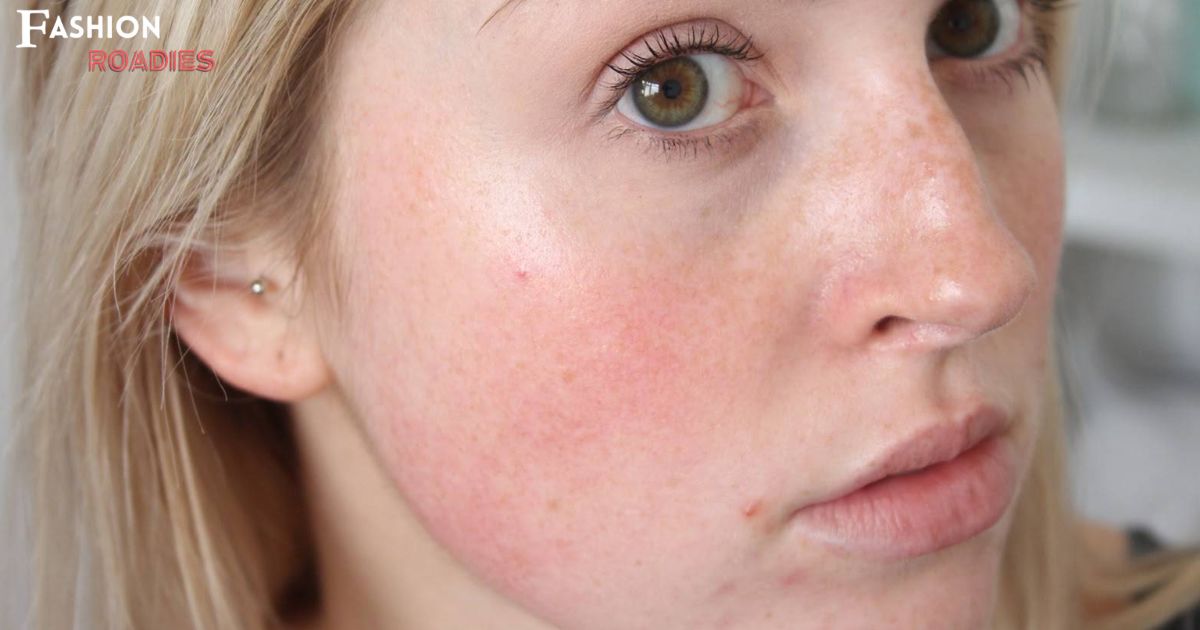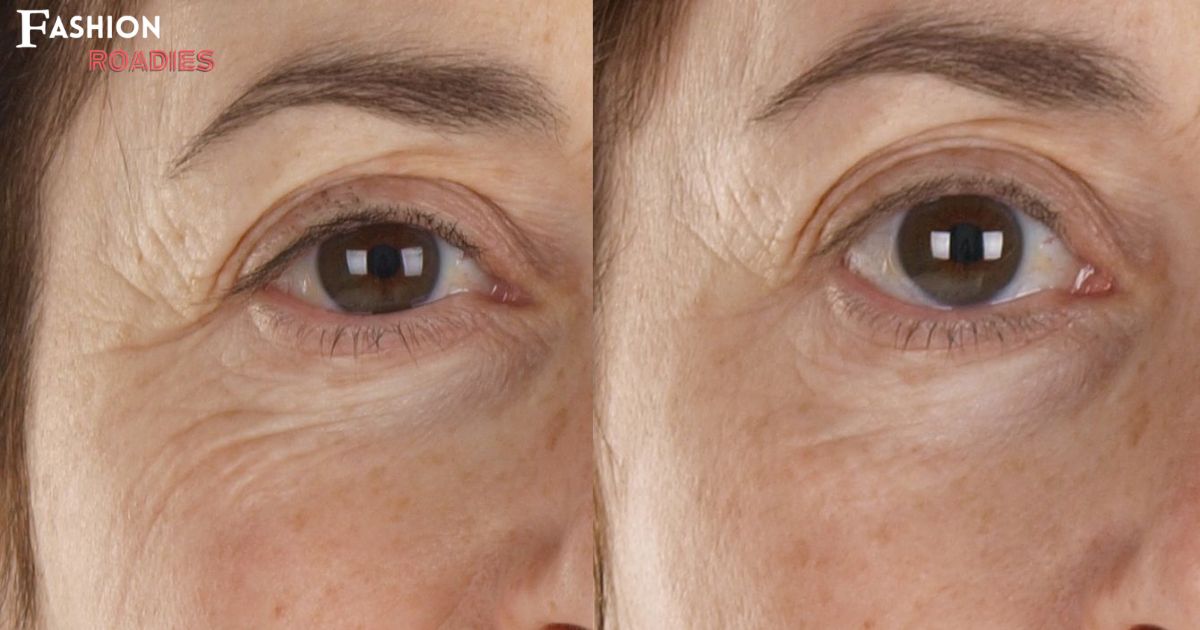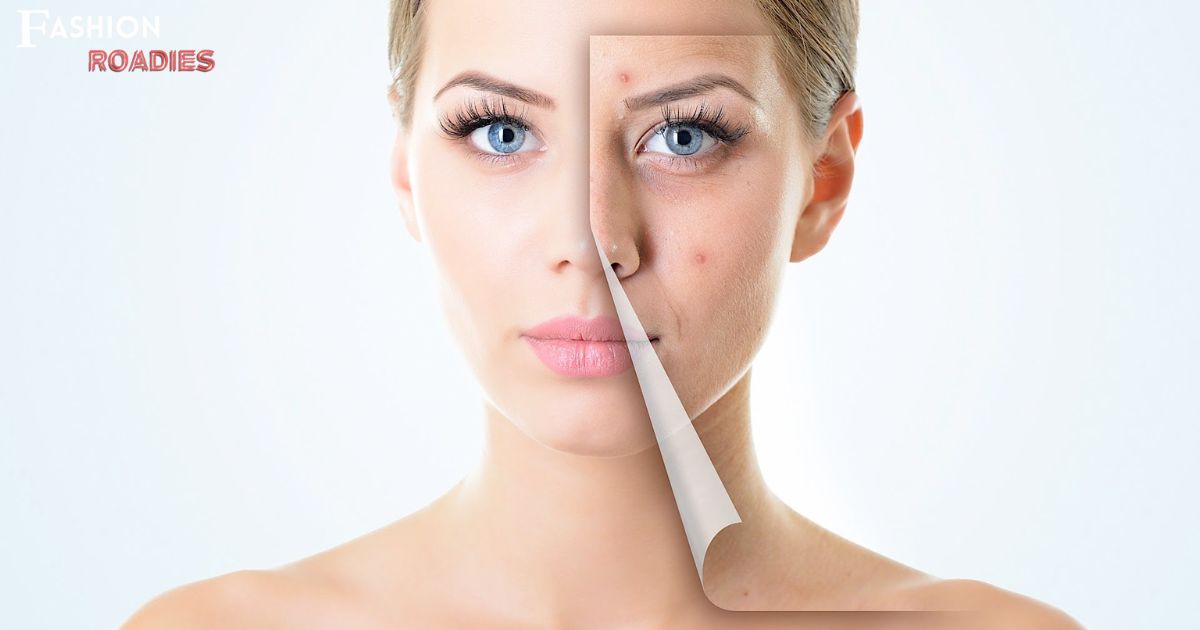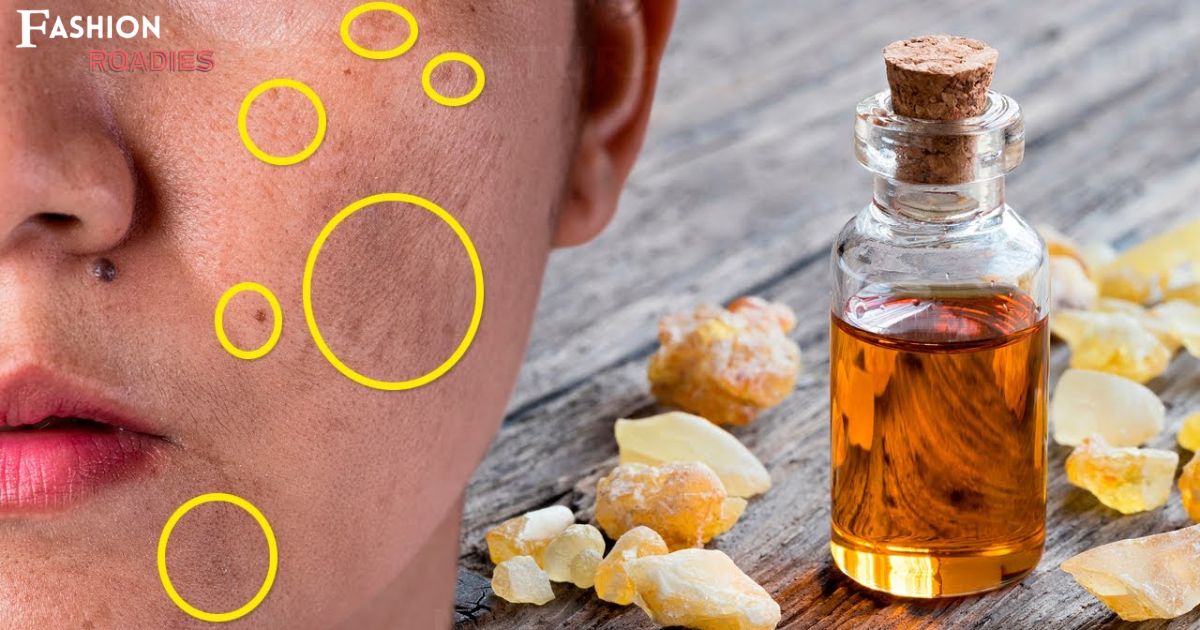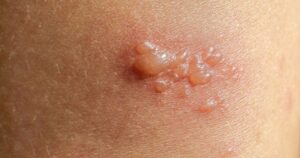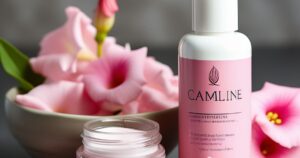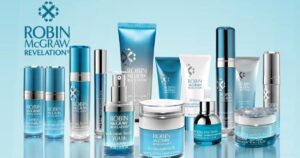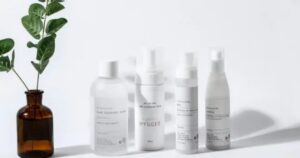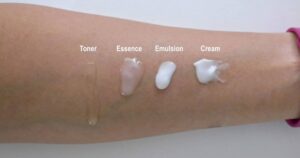Age spots, also referred to as liver spots or sunspots, are intriguing pigmented patches that manifest on the skin, particularly in areas exposed to sunlight. These spots, often displaying shades of brown, gray, or black, tend to become more apparent with age. Delving deeper into the science behind their formation and exploring effective methods to address them can empower individuals seeking a clearer complexion and healthier skin.
Consult a Doctor
If you have noticed any changes in your skin, particularly concerning the appearance of age spots or if you are unsure about their nature, it is advisable to consult a doctor, preferably a dermatologist. While age spots are typically harmless and associated with aging and sun exposure, certain signs such as rapid changes in size, color, or shape may warrant professional evaluation.
If age spots become itchy, start bleeding, or exhibit other signs of irritation, seeking medical attention is essential. Additionally, if you are considering using over-the-counter or prescription treatments for age spots, consulting with a healthcare professional ensures that you receive personalized advice based on your skin type, medical history, and specific concerns.
Regular skin examinations by a dermatologist are recommended, especially if you have a history of sun exposure or other risk factors for skin cancer, as early detection of any potential skin issues is crucial for effective management.
How do age spots form?
Age spots, also known as liver spots or sunspots, form as a result of prolonged exposure to ultraviolet (UV) radiation from the sun. When your skin is exposed to sunlight, it produces a pigment called melanin as a natural defense mechanism. Melanin gives your skin its color and helps protect it from the sun’s harmful effects. However, over time and with repeated sun exposure, certain areas of the skin may produce melanin unevenly, leading to the formation of age spots.
As you age, your skin undergoes changes, including a reduction in cell turnover and a decline in collagen production. These age-related changes make it more likely for the pigmented areas caused by excess melanin to become more visible and less likely to fade away naturally. Age spots typically appear on areas of the skin that receive the most sun exposure, such as the face, hands, shoulders, and arms.
While age spots are generally harmless and don’t indicate a serious health issue, they are often considered a cosmetic concern. Preventive measures such as sun protection, including sunscreen use and protective clothing, can help minimize the risk of age spot formation and contribute to overall skin health.
The Sun’s Impact on Skin Pigmentation
The sun, a constant presence in our lives, plays a pivotal role in the development of age spots. When our skin is exposed to sunlight, it responds by producing melanin, the pigment responsible for our skin color. However, prolonged and intense exposure to UV rays can disrupt this process, leading to the uneven accumulation of melanin in specific areas. The result? Age spots making their appearance on the canvas of our skin.
Age-Related Changes in the Skin
Understanding why age spots tend to be more prevalent as we grow older involves recognizing the natural changes our skin undergoes. Aging skin experiences a decline in cell turnover and a reduction in collagen production, the protein responsible for skin elasticity. This combination creates an environment where age spots, once formed, are less likely to fade away naturally. The skin becomes a storyteller, etching the tale of our sun-filled adventures in the form of these pigmented patches.
The Innocuous Nature of Age Spots
It’s crucial to emphasize that age spots are generally harmless and do not pose any health risks. They are a cosmetic concern for many individuals who may prefer a more uniform complexion. However, the benign nature of age spots differentiates them from more serious skin conditions, providing a sense of reassurance for those dealing with these pigmented spots.
Ways To Get Rid of Age Spots
Numerous approaches are available when aiming to eliminate age spots. If your goal is merely to conceal or gradually lighten them, various over-the-counter fade creams and lotions designed specifically for age spots are available.
Sun Protection
Shielding our skin from the sun’s potent rays emerges as a fundamental strategy in preventing age spots. Sunscreen, akin to a magical shield, plays a vital role in this defense mechanism. Choosing a sunscreen with a high SPF and incorporating protective clothing, such as hats and long sleeves, becomes a proactive measure in minimizing the formation of age spots. Sun protection is not merely a beauty regimen; it is a commitment to long-term skin health.
Nurturing Your Skin with Care
Embarking on a journey to address age spots often involves the use of topical treatments. Over-the-counter creams and lotions containing ingredients like hydroquinone, kojic acid, alpha hydroxy acids (AHAs), or retinoids offer a gentle approach to lighten age spots over time. These formulations act as supportive allies, encouraging the skin to regain a more balanced tone. Additionally, the inclusion of vitamin C in skincare routines contributes to overall skin health and may aid in diminishing the appearance of age spots.
Chemical Peels
For those seeking a more rejuvenating solution, chemical peels present an intriguing option. This procedure involves applying a chemical solution to the skin, prompting controlled exfoliation. As the outer layers peel away, a fresh canvas of skin is revealed, diminishing the prominence of age spots. Chemical peels offer a transformative experience, akin to shedding old layers and embracing renewed skin vitality.
Laser Therapy
Modern advancements in skincare technology introduce laser therapy as a precise and targeted solution for age spots. Whether through intense pulsed light (IPL) or fractional laser treatments, these therapies focus on breaking down excess melanin in the skin. This process stimulates the growth of new, evenly pigmented skin, effectively pushing age spots into the background. Laser therapy exemplifies the synergy of science and skincare in achieving visible results.
Cryotherapy
Cryotherapy, a method involving freezing age spots with liquid nitrogen, brings a chilling yet effective touch to spot removal. As the frozen spots thaw and peel away, a rejuvenated layer of skin emerges. This approach is akin to providing a wake-up call to the skin, promoting a refreshed and revitalized appearance.
Microdermabrasion
Microdermabrasion, likened to a gentle polishing session for the skin, offers a non-invasive method to reduce age spots. Using a specialized machine, this procedure exfoliates the outer layer of the skin where age spots reside. The result is smoother and more even-toned skin, as if giving the skin a polished makeover.
How Age Spots Can Be Removed By Natural Remedies?
Natural remedies can be effective in reducing the appearance of age spots. Here are some methods you can consider:
- Lemon Juice: The citric acid in lemon juice is a natural skin brightener. Apply fresh lemon juice to the age spots and leave it on for 15-20 minutes before rinsing. Do this a few times a week.
- Apple Cider Vinegar: Known for its natural acidic properties, apple cider vinegar may help lighten age spots. Dilute it with water and apply the mixture to the affected areas, leaving it on for a few minutes before rinsing.
- Aloe Vera Gel: Aloe vera has soothing properties and may help fade age spots. Apply fresh aloe vera gel directly to the spots and leave it on for 30 minutes before rinsing.
- Castor Oil: Castor oil contains fatty acids that may promote skin rejuvenation. Gently massage castor oil onto age spots and leave it overnight. Repeat daily.
- Papaya: Papaya contains enzymes and vitamins that may help reduce age spots. Apply mashed papaya to the spots and leave it on for 15-20 minutes before rinsing.
- Buttermilk: The lactic acid in buttermilk may contribute to exfoliation and skin lightening. Apply buttermilk to the age spots, leave it on for a few minutes, and then rinse.
- Green Tea Extract: Green tea is rich in antioxidants that may benefit the skin. Apply cooled green tea extract to age spots using a cotton ball and leave it on for 15-20 minutes before rinsing.
- Onion Juice: Although it may have a strong smell, onion juice contains acids that might help lighten age spots. Apply fresh onion juice to the spots, leave it on for 10-15 minutes, and then rinse.
How to Prevent Age Spots From Reappearing
Preventing the reappearance of age spots after treatment involves embracing a holistic approach to skin care that extends beyond the treatment itself. First and foremost, make friends with your sunscreen – it’s not just a summer fling but a year-round companion. Applying sunscreen with a high SPF protects your skin from the sun’s potent rays, acting as a shield against the factors that contribute to age spot formation. Consider it your daily ritual, your skin’s superhero cape. Additionally, indulge in the elegance of protective clothing – a stylish hat, chic sunglasses, and clothing that shields your skin from direct sunlight. Think of it as fashion with a purpose, effortlessly keeping age spots at bay.
Nourish your skin from within by staying hydrated and adopting a balanced diet rich in antioxidants. These superhero nutrients fight free radicals that can accelerate aging and contribute to the reappearance of age spots. Engage in a skincare routine that incorporates gentle exfoliation, helping to renew and rejuvenate your skin’s surface. Treat your skin like royalty, pampering it with ingredients like vitamin C and retinoids that promote an even and radiant complexion.
Lastly, maintain a healthy lifestyle that prioritizes ample sleep, stress management, and regular exercise. A happy and well-balanced life reflects positively on your skin, reducing the likelihood of age spots making a comeback. Remember, preventing age spots is not just a skincare strategy; it’s a celebration of your skin’s resilience and a commitment to preserving its timeless beauty.
Frequently Asked Questions
Will age spots go away naturally?
Stress Can Cause Disrupted Sleep?
Poor sleep quality then can affect the appearance of your skin. Some of the effects that are most seen are dark circles under the eyes, increased signs of aging such as wrinkles and dark spots, and diminished skin barrier function.
What do normal age spots look like?
Conclusion
In conclusion, age spots, though often perceived as mere pigmented patches, weave a unique story on the canvas of our skin. Whether choosing to embrace these stories as a testament to sun-filled adventures or seeking methods to redefine one’s skin narrative, the key lies in fostering a relationship with our skin that prioritizes health and happiness.
Sun protection, topical treatments, and advanced skincare techniques offer a palette of choices, allowing individuals to navigate their skincare journey with confidence and self-assurance. After all, each age spot is a chapter in a remarkable tale, and the narrative of our skin deserves to be celebrated in all its uniqueness.
